Winter Damage Check: Essential Home Inspections Before Spring
Ahead of the Spring, it’s important to undertake winter damage checks. This will allow you to see what issues may need maintaining or even if a replacement job is required.
In this guide, we’ll look at common forms of property damage that might occur during the winter months, what signs to look out for in the case of less obvious damage, and how to find the right professional for the job near you.
Let’s begin!
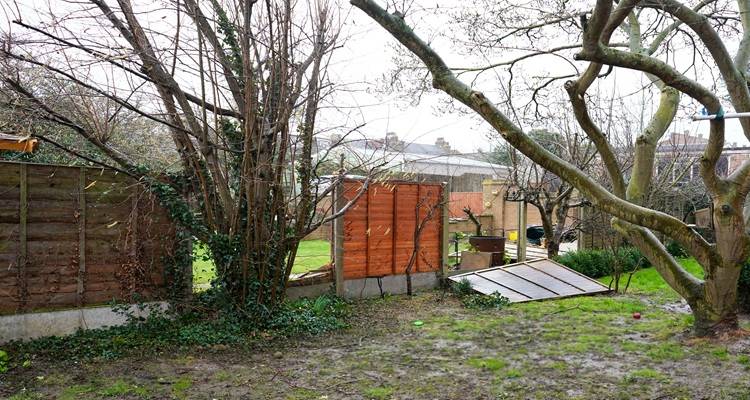
Clogged Or Damaged Gutters
One of the most common forms of winter damage is broken or clogged guttering. This generally happens from debris (e.g., leaves, moss or even pieces of plastic or other debris that might spread during stormy weather).
Clogged guttering can result in overflowing water with less space to collect and navigate rainfall; water can pour over, reducing how good of a job the guttering can do.
While it’s possible to fix this DIY (once you take the right steps - details below), you may want to hire a professional, particularly so if the guttering is damaged or partly destroyed and not merely clogged.
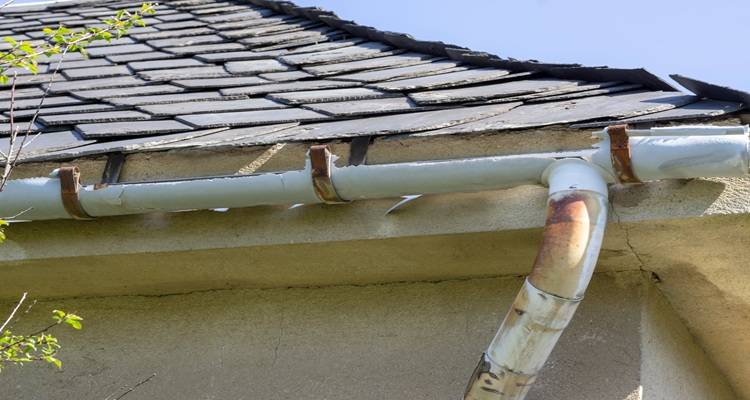
Signs of clogged guttering include overflowing water or damage to the property, or, of course, damaged gutter sections, though the latter can also be caused by more direct, sudden damage such as from heavy winds.
Details on DIY fixing clogged gutters
In general, you’ll want to consider the following:
- Safely set up a fit-for-purpose ladder (as in just make sure it hasn’t been left rusting away for years or is otherwise damaged, otherwise you should be good)
- Next, have another person hold the ladder up from the bottom while you get to work; it’s always good to take this measure as you never know if the ladder might slip otherwise and if it does, you can’t stop it from falling. So, always put safety first!
- Use a gutter scoop or collect with glove protection and place it into plastic bags.
Again, though, you’ll want to ensure that you hire a professional to repair damaged or broken gutters.
Roof Tile Damage
Next, safely and ideally from the ground, take a look to see if you can spot any damaged or missing roof tiles.
If you decide to take a closer look, always take safety precautions, including, as referenced earlier, climbing a ladder to have another person hold it from the bottom. Beyond that, do not step onto the roof; rather, at most, just take a closer look safely.
That said, if there is damage, you’ll likely spot it from the ground, or alternatively, you might notice roof leaks from inside your attic, which is another common sign of roof damage. That said, even if you don’t see the water dripping through, you might see damp patches on walls or ceilings in one room or another, so potentially not only in the attic.
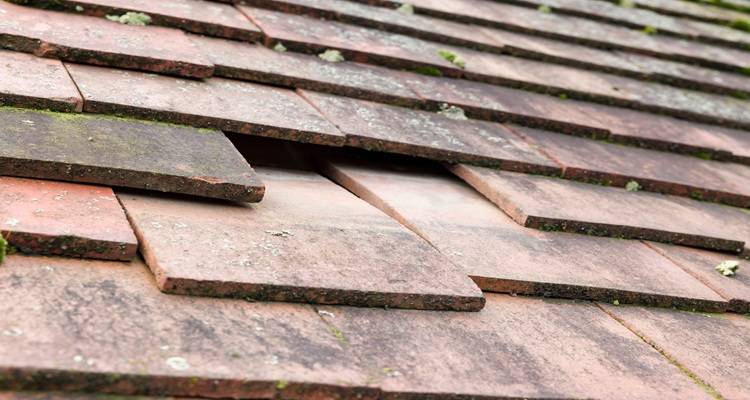
It’s important to have this addressed by a professional fairly promptly to prevent further damage, and in some cases, it might be more urgent, such as where there is a significant issue with water leaking through the roof, as this can develop into more significant damage fairly quickly.
Noticing That The Ceiling Or Floor Sagging
Wintertime can, in some cases, cause ceilings or floors to sag due to the changing temperatures, as well as increased rain into the springtime.
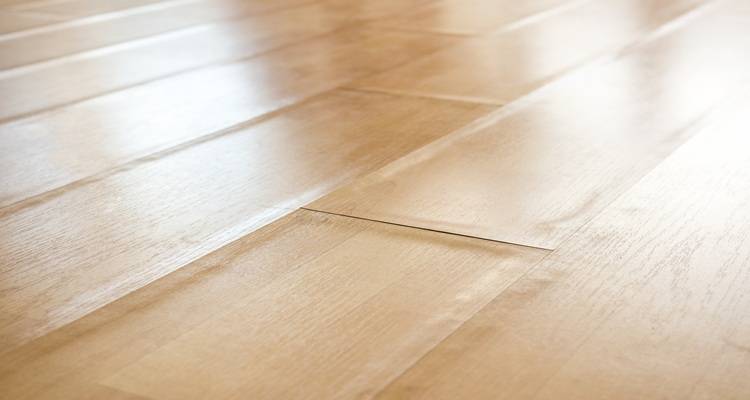
So, if you notice signs that your ceiling or floor is sagging, it could mean that the effects have accumulated over the years, and this winter has made the effects more obvious. In that case, you can hire a professional to address the issue, whether it means repair work or, alternatively, for instance, replacing a section of flooring.
What Else Should I Look Out For?
Some other winter damage checks to keep in mind ahead of the spring include:
- Frozen or damaged pipework
- Damage or destroyed garden pots
- Shed damage (e.g. maybe part of the roof is broken)
- Garden fence damage - something that can often happen in winter weather, of course!
Often, these are things that can be spotted quite quickly by taking a look at specific features of your garden or noticing some debris that might imply one of the garden gnomes was a tad roughed up by winter weather!
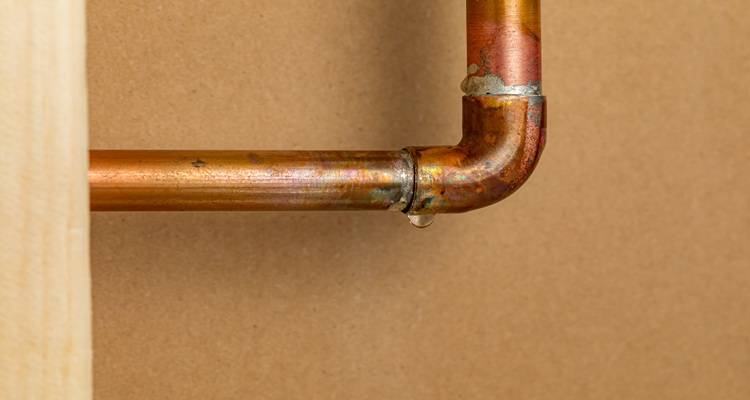
So, along with taking a look for general signs of winter damage, thinking of how to better position our garden gnome friends ahead of the next winter, all in all, having any winter damage addressed (especially the more serious examples like roof damage) can save you money and future headaches!
Ultimately, it’s good to get into the habit of undertaking essential home inspections ahead of the spring each year and, in most cases, hiring a professional, especially for complex or otherwise risky tasks.
|
Find Tradespeople & Save Money
MyJobQuote connects you with up to 3 available local tradespeople, so you can compare quotes & save money with ease.
|

|








